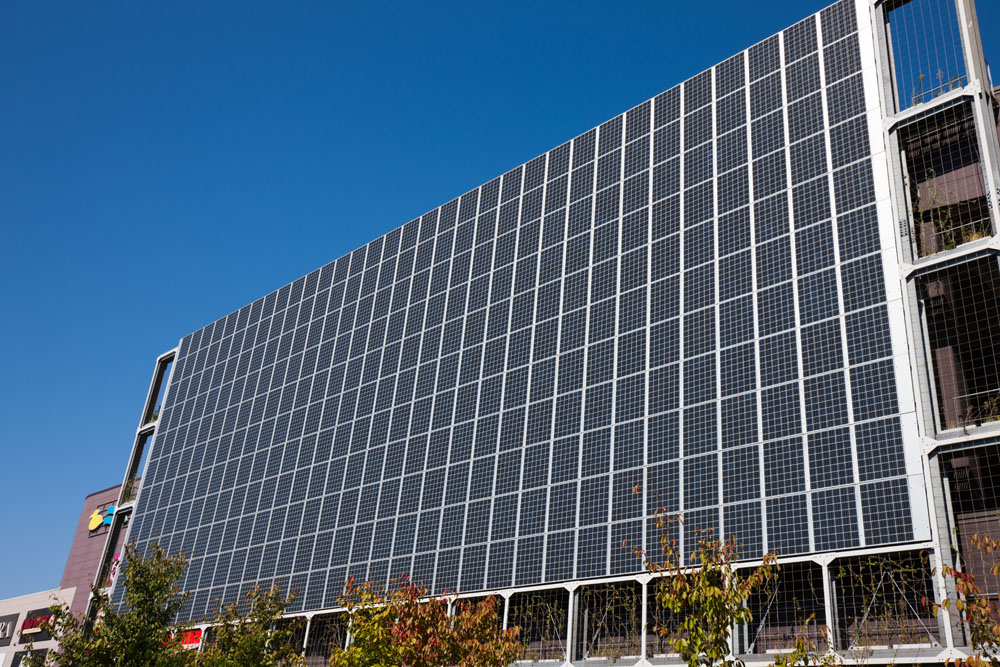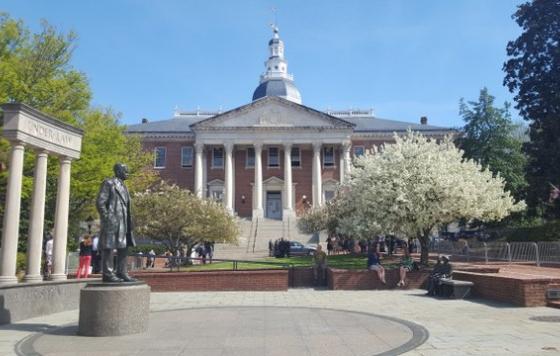
Climate change touches everything, including the conditions for human settlements on the land. In Connecticut, our single largest source of greenhouse gas emissions is transportation. That means work on clean energy and sustainability includes not just buildings and power generation, but mobility, land use and development patterns. And the best progress toward sustainability takes place when communities address these factors as a system.
The University of Connecticut’s Urban and Community Studies Program brought these connections to life richly in a March 31, 2016 annual lunch program, “Urban Planning in the Age of Climate Change.” Dr. Karl-Ludwig Schibel keynoted the event with the story of a German community that committed itself to a rapid transformation, and got results.
The city of Tübingen, with 95,000 households, made the choice to invest in building energy efficiency and renewable energy at every level from public infrastructure to individual lifestyles. That initial commitment led to a Year 1 doubling of solar electricity from 1.4 to 2.8 MW, and saw the mayor abandon his Prius to get around the city on a Swiss bike. Longer-term, the city is leading a consortium of 60 towns to invest in a North Sea wind farm which will meet its entire energy needs.
Tübingen’s innovation was not just broad but deep, focusing on place-based revitalization where it was most needed. In a neighborhood consisting of about 20 acres where many former commercial buildings and closed warehouses/factories had earlier been abandoned in Tübingen, the city set a goal to renovate and create energy efficient housing stock for 700 residents. It created over 100 jobs and is now a 95% carbon free environment with its heating coming from biogas sources and the district water treatment plant. People live, work and play in a renewed urban environment.
The Tübingen story exemplifies the approach towards climate change advocated by the Climate Alliance, of which Dr. Schibel is a leading figure: Thinking and acting locally is the best response to a global problem. He observed that “the integration of mitigation and adaptation begins in the minds of elected officials, administrators, business people, opinion makers and citizens, as a crucial element in a strategy of economic, social and environmental sustainability at the local level.”
The conversation continued with presentations from CT’s Green Bank, which finances residential and commercial renewable energy installations; DEEP, which invests in electric vehicles and infrastructure and finances micro-grid infrastructure; the CT Institute for Resilience and Climate Adaptation, which guides communities in planning for sustainable land use and resource protection in a changing climate; and the Institute for Sustainable Energy, which is exploring how these opportunities can be pursued in a more integrated way. As Connecticut’s communities grapple with climate change stresses and innovative opportunities for more sustainable energy use and development, this conversation shone a welcome light on new possibilities.



